Aipan art, also known as Aepan or Alpana, is a traditional folk art originating from the Kumaon region of Uttarakhand, India. It holds a special significance in Kumaoni households, with the word "Aepan" derived from "Arpan," commonly associated with "likhai" or writing. Aipan art is a well-established ritualistic folk art primarily practiced during special occasions, household ceremonies, and rituals.
This beloved art form is prevalent throughout India under various names, including Alpana in Bengal, Arichan in Bihar, Bhuggul in Andhra Pradesh, Satiya in Gujarat, Chowk Pooran in Uttar Pradesh, Mandana in Rajasthan, and Kolam in South India, among others.
Aipan art involves the creation of various geometric and figurative designs inspired by gods, goddesses, and natural elements on surfaces such as walls, papers, and cloth. Traditionally, it utilizes two primary raw materials: "Bisvar," a white paste made by grinding cooked rice in water, and red ochre, traditionally known as "Geru" or lal mitti. However, in modern times, many individuals opt for red-and-white synthetic enamel or acrylic paints.
This art form is typically practiced by women who pass down their knowledge through generations. They embellish the walls and floors of their homes using designs created with their forefinger, ring finger, and middle finger. Additionally, "Chowkies," low wooden stools with traditional designs, are crafted for various occasions and are typically made from mango wood.
Today, the decorative patterns once used to adorn doorways and floors have found their way onto diverse items such as gift tags, bookmarks, clay objects, wooden boxes, trays, and coasters, expanding the reach of this beautiful art form.
History
Aipan art, originally confined to decorating household walls and floors in locales such as Almora, experienced a surge in popularity when someone began transferring it onto paper, propelling its widespread recognition and evolution as a distinct art form. It also started to appear on numerous household items and clothing. This Kumaoni art form recently received a Geographical Indication (GI) tag in September 2021. The GI tag will provide recognition and economic benefits to the traditional artisans and communities involved in creating Aipan Art, while also preserving and promoting their rich cultural heritage for future generations.
Motifs of Aipan Art
A dot, or "bindu," marks the beginning and end of Aipan art. The dot in the center at the start represents the core of the universe. All of the other lines and patterns emerge from the center, indicating how the world around it changes shape. It is typically drawn on doors, walls, and places of worship or mandirs (temples).
"Vasudhara" refers to the long, vertical lines drawn around Pooja Vedika, doorsteps, mandirs, and a Tulsi plant. These vertical lines are essential to Aipan and add to its aesthetic value. Vasudhara is created by painting the area with geru and then creating vertical lines with trickling biswar from that point.
"Matrikas" or "pattas" made for goddesses are painted on the walls. “Jyoti” is the local term for Jiva Matrikas, that represent Maa Laxmi, Maa Saraswati, and Maa Kali. In temples, different kinds of chowkies, are made for various gods and goddesses, depending on the occasion.
Let's explore some of these motifs:
- Saraswati Chowki: Since Goddess Saraswati is the Goddess of Learning, a puja is performed before a child starts school to ensure an auspicious beginning. This chowki's centerpiece is a five-pointed star with a swastika flower, or diya, in the middle. The centerpiece is then further embellished by the artist with wavy or floral patterns. In Aipan, the swastika is highly valued. The majority of religious rituals involve drawing a swastika in some way or another. All gods and goddesses in Hindu mythology are represented through the swastika.
- Chamunda Hast Chowki: For "havans" or "yagyas," the Chamunda Hast Chowki was created. The centerpiece of this chowki is made up of two triangles that are separated by diagonal lines that cross them both, as well as a five-pointed star enclosed in a circle. Goddess Lakshmi's feet or floral patterns are used to fill in the gaps. The circle itself is frequently adorned with eight lotus petals.
- Nav Durga Chowki: For traditional Devi pujas, this Chowki is used. The main points here are nine dots that represent the Nav Durgas. Those skilled in Aipan designs will create a square enclosing the dots with lotus petals. A simpler method is to form swastikas with nine dots, which is known as the Nav Swastik.
- Shivarchan Peeth: Lord Shiva is the reigning God of the Himalayan people. He is especially revered during the months of Savan and Magh. Shiv or Shivarchan Peeth is drawn on the ground after 28 or 108 Parthiv Lings are placed in a copper thali. It has an outside border of four plus four corners to make it more appealing.
- Surya Darshan Chowki: It is related to the naming of a newborn child. The baby is kept inside for eleven days. The child is brought outside for Surya Darshan on the eleventh day. This Chowki is built on the floor, where the priest sits and recites mantras.
- Janeyu Chowki: This chowki is specifically designed for the sacred thread ceremony. The main section consists of seven stars within a six-sided drawing. Symbolizing the Sapt Rishis are the seven stars. There are dot-filled floral patterns all around it.
- Asan Chowki: This refers to the various Chowkis used for different pujas. For a ceremonial puja, it is a decorated seat for the devotee and his wife.
- Dhuli Arghya Chowki: Godhuli Vela, or the time when cows come home from the pastures, is the Hindi name for dusk. At this time of evening, the bridegroom's party arrives at the bride's house with dusty feet. The groom is revered as "Narayan," and he is greeted with devotion. His dusty feet are washed before the puja that welcomes him. He is seated on a Chowkil, a small stool with a painted tree-like figure and three branches that resemble a pitcher holding Lord Shiva's Trishul, or Trident. Lord Brahma, the creator, is at the bottom, and Lord Vishnu is in the middle. Two parrots are depicted on two of the sides of this painting, and the lotus and Swastil are painted at the bottom. All of these motifs signify good fortune or luck.
- Acharya Chowki: The Acharya, who is always with the groom and is given more respect than the groom's father. So, a unique chowki is created just for him. It has a red swastika painted on it. The swastika has lotus and other auspicious symbols painted around it, including a bell, a conch shell, and occasionally even two parrots.
- Durga Thapa: For two Durga pujas held throughout the year—one in March–April and the other before the festival of Dussehra—Durga Thapa is painted on paper by Kumaon women. This Thapa (painting) is extremely intricate. Nearly every god and goddess, as well as regional deities, are portrayed with the ten-armed Durga riding her lion.
- Jyoti Patta: The Brahmin and Sah families in the Kumaon hills have a tradition of drawing "Jyotis" at weddings, or janaeyu. Jyotis were murals painted on the walls of spaces used for religious rituals. Paper, plywood, and hardboard are now used to make these. Jyoti is the local term for Goddess Laxmi, Goddess Saraswati, and Maa Kali, the Jeev Matrikas. Worshiping the Matrikas is an ancient Kumaon tradition.
- Laxmi Yantra: As in other regions of India, Goddess Laxmi is revered during the Diwali festival in the hills of Kumaon. The Laxmi Yantra is drawn on the floor prior to the idol being set up in the location where the puja will take place. The goddess occupies this space. A dot or flower, which stands for the universe, marks the Yantra's center. It is encircled by two triangles that together form a six-pointed star. Lord Shiva is symbolized by the upper triangle, and Goddess Shakti by the lower. Six or eight lotuses, which stand in for the moon, stars, and wealth, surround the triangles. Around the centerpiece, there are usually other circular decorations. The earth is represented by the lines that surround the circles on its four sides, which represent doors known as Bhupur. Goddess Laxmi's footprints are all over the painting.
Process
Typically, Kumaon women are involved in creating Aipan art. They carry it out as per tradition. They first clean the floor or surface with a solution made from cow dung. Cow dung is mixed with water and spread on the doors, the entryway, and the floor of the puja room. After the surface has completely dried, the red oxide "Geru" (red clay diluted with water) is applied in the shapes of a circle, square, rectangle, etc. Using this technique, they make the rice paste for the patterns and designs, making sure that it can flow easily and is neither too thick nor too soft.
Cow dung is an important component of the Kumaon people's design because they believe it removes all kinds of impurities and obstacles. Then, women made a circle out of red clay paste (Geru). With this method, they also create rice paste for the designs and motifs. Most women are accustomed to and find it easy to make patterns by dipping their hands or fingers in the rice paste and moving them around freely. However, on rare occasions, they will use a cotton material brush that has been tied to a pole. Red paint and other red materials (acrylic, fabric, posters, etc.) are currently used to create Aipan art.
Our Artists
Aipan art is being actively revived in the Himalayan state by Minakshi Khati, a master artist at MeMeraki in Nainital. She has been practicing Aipan with her mother and grandmother ever since she was a young child. As she grew, she became aware that fewer people were engaging in the art. She began creating small items using the Aipan art after getting the inspiration to start something that would make people feel at home.
Ruchi Nainwal, another master artist at MeMeraki, belonging to Nainital, is an award-winning artisan. She has been practicing Aipan for the last 15 years and working towards promoting this traditional Kumaoni art. She is a master trainer of Aipan Art and Project Head at Pahari Haat, launched by the Kartavya Karma Trust to encourage young women to understand the importance of learning this art form.
Coverage and Conservation
The Aipan Project, initiated by Minakshi Khati in December 2019, is dedicated to promoting Aipan art. To date, the project has received 1,000 orders. It provides a valuable source of income to women from rural households in Uttarakhand, who are engaged as Aipan producers and delivery drivers for larger orders.
In an effort to introduce Aipan art to young generations, Minakshi Khati established "Selfie with Aipan." Additionally, to empower Aipan artists with essential business skills, the Enactus team at Indraprastha College for Women (IPCW) launched Project Aipan, aiming to make artists active participants in the industry.
The Uttarakhand Handloom and Handicraft Development Council (UHHDC), established under the Societies Registration Act of 1860, has been safeguarding the interests of domestic producers, including Aipan artists, by promoting indigenous artistic products and creating sustainable employment opportunities.
In 2015, the Uttarakhand government decided to purchase Aipan art pieces for public spaces, including government buildings and offices, managed by entities like the Kumaon Mandal Vikas Nigam (KMVN), the Uttarakhand Power Corporation Limited (UPCL), and the Garhwal Mandal Vikas Nigam (GMVN), all under the state tourism department's purview. The government also introduced "Cheli Aipan" to advance the art form.
Furthermore, the Aipan Resort in Chopta, Rudraprayag, Uttarakhand, was founded with a mission to promote local art forms and support artists. This resort, established by a group of young entrepreneurs, has successfully championed art, attracting both Uttarakhandi and non-Uttarakhandi patrons, while preserving the authenticity of regional art.
References:
Discovering the Magnificence of Aipan Art: The Decorative Folk Art of Uttarakhand
All You Need To Know About Kumaon's Aipan Art
https://artsandculture.google.com/story/aipan-ritualistic-folk-art-of-kumaon/pwUB1enKByW2Vg


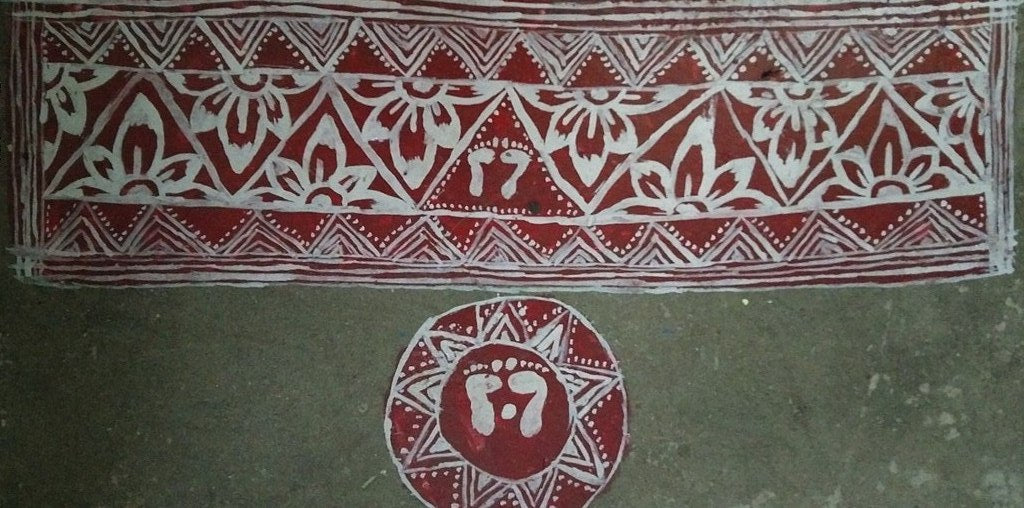










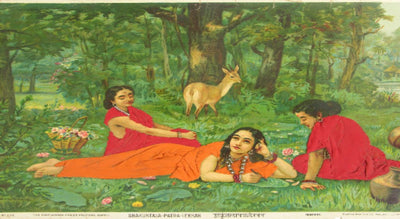
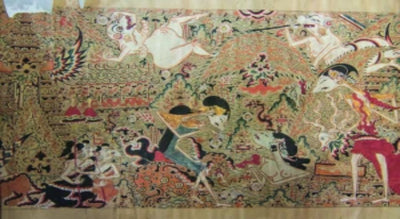
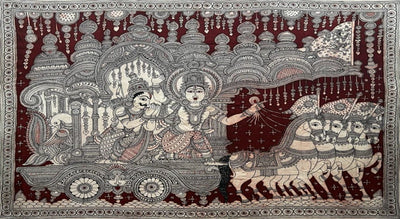

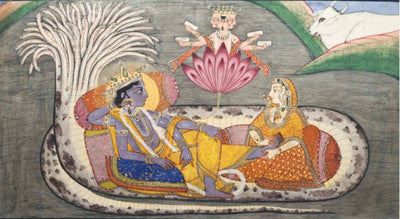
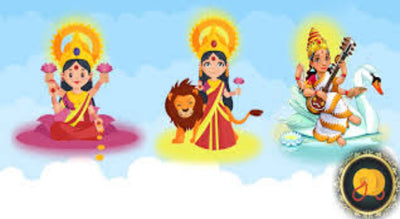
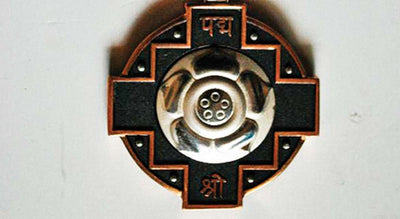
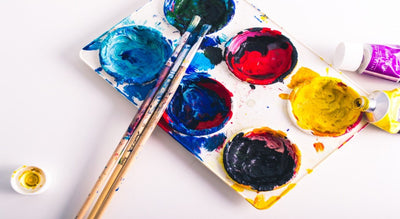
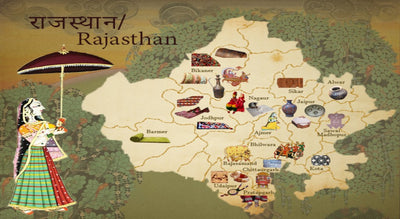
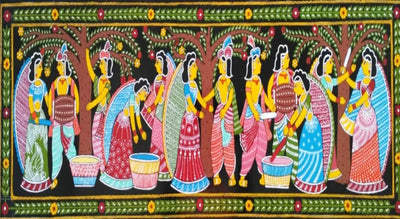
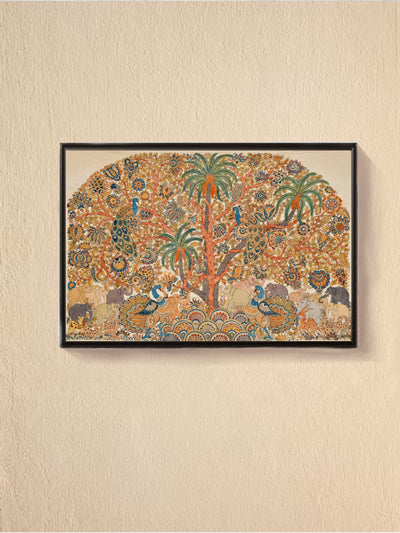







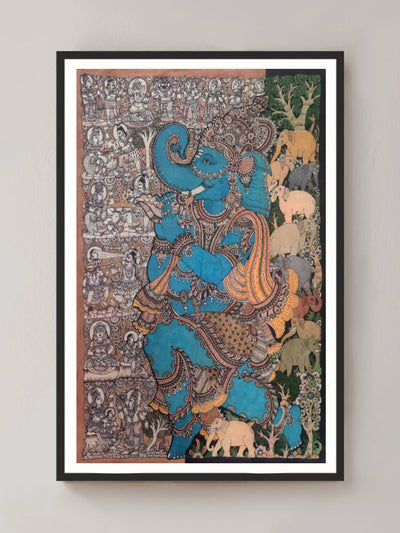








0 comments